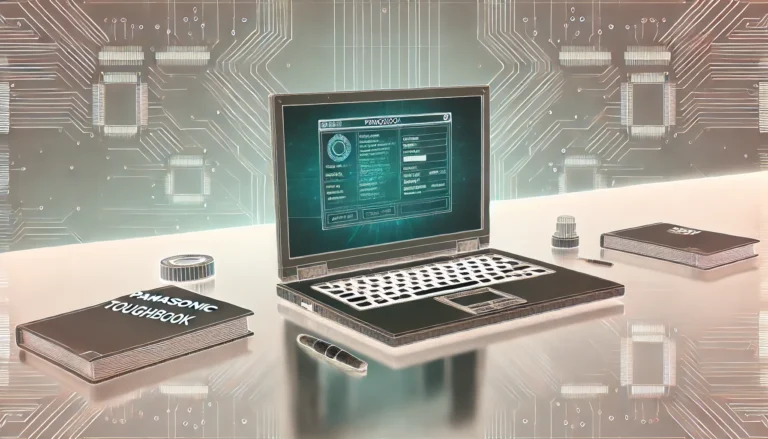
Fume hoods are essential safety devices used in chemical labs, homes, and schools to control hazardous airborne substances, ensuring a safe working environment. Regular fume hood calibration is critical to maintaining their effectiveness and protecting users from exposure to dangerous fumes. This article delves into the best practices for calibrating fume hoods, offering practical advice for laboratories, educational institutions, and even home-based setups.
Why Fume Hood Calibration is Important
Fume hoods work by drawing air away from the user and expelling hazardous fumes outside the workspace. However, over time, their performance may decline due to wear and tear, changes in airflow, or blockages in the exhaust system. Without regular calibration, a fume hood may not function optimally, potentially exposing users to harmful chemicals.
For laboratories and schools, compliance with industry standards and regulations (such as OSHA and ANSI/ASHRAE 110) is crucial. Regular calibration ensures these standards are met, promoting both safety and operational efficiency.
Key Benefits of Regular Calibration:
Ensures Safety: Prevents exposure to hazardous chemicals by maintaining optimal airflow.
Regulatory Compliance: Meets the safety standards required by various organizations.
Increased Efficiency: Prolongs the lifespan of the fume hood and reduces repair costs.
Peace of Mind: Creates a safer environment for students, lab workers, and home chemists alike.
Calibration Methods for Fume Hoods
Calibration of a fume hood involves testing its airflow and exhaust system to ensure they are performing correctly. There are several methods to do this, depending on the type of fume hood and its application.
1. Face Velocity Measurement
Face velocity refers to the speed at which air is drawn through the fume hood’s opening. It is a crucial indicator of the hood’s ability to contain hazardous fumes.
How It’s Done: A calibrated anemometer is placed at multiple points across the fume hood’s face. The average airspeed is then calculated, and adjustments are made if necessary.
Target Range: Most safety guidelines recommend a face velocity between 80-120 feet per minute (fpm), though the specific range depends on the type of chemicals being used.
Regular face velocity testing ensures that the hood is providing sufficient containment of fumes, especially for high-risk chemicals in laboratories and schools.
2. Smoke Visualization Test
This qualitative test provides a visual indication of how well the fume hood captures and removes airborne contaminants.
How It’s Done: A smoke generator is placed inside the fume hood, and the movement of smoke is observed. If the smoke is efficiently drawn toward the back of the hood and expelled, the hood is functioning properly. If the smoke escapes into the room, recalibration or repairs may be necessary.
Applications: Smoke testing is often used in educational settings where visual demonstration is helpful for students, or in labs with varied airflow demands.
3. Tracer Gas Containment Testing (ANSI/ASHRAE 110 Method)
The ANSI/ASHRAE 110 test is one of the most comprehensive and precise methods for evaluating fume hood performance. It uses a tracer gas (such as sulfur hexafluoride) to simulate how gases move within the hood and identifies any leaks or deficiencies in containment.
How It’s Done: A gas detector measures the concentration of tracer gas that escapes the hood while the hood operates at different conditions (fully open sash, partially open sash, etc.).
Benefits: This method is highly accurate and is considered the gold standard for fume hood calibration in chemical labs, making it ideal for high-stakes environments like research facilities and industrial labs.
Best Practices for Fume Hood Calibration
To ensure that your fume hood continues to function safely and efficiently, follow these best practices:
1. Perform Regular Calibration: Schedule calibration at least once a year. In high-use environments, quarterly or semi-annual calibration may be necessary.
2. Monitor Airflow Daily: Install airflow monitors or alarms to detect drops in performance. If the airflow falls below the recommended levels, calibration or maintenance should be performed immediately.
3. Keep the Hood Clean: Blockages in the exhaust system, typically caused by debris or chemical buildup, can affect airflow. Regular cleaning of the interior and the exhaust system will help maintain optimal performance.
4. Educate Users: Train laboratory staff, students, and home users on the importance of keeping the sash closed when not in use and performing regular visual checks for airflow issues.
Fume Hood Calibration in Different Settings
Laboratories: Labs in research institutions or chemical industries require strict adherence to calibration standards. These environments often use multiple fume hoods with different airflow requirements, making regular testing a priority.
Schools: For educational institutions, fume hoods are often used by students, making their calibration a critical safety issue. Schools should perform calibration tests before the start of every academic year to ensure safety during lab sessions.
Home Laboratories: Home chemists, whether hobbyists or professionals, should also prioritize fume hood calibration. While they may not face the same regulatory pressure as larger institutions, maintaining safety is just as essential.
Conclusion
Fume hood/ lemari asam calibration is vital to maintaining a safe working environment in chemical labs, schools, and even home laboratories. Regular calibration using face velocity tests, smoke visualization, and tracer gas containment tests ensures that the fume hood performs at its best, protecting users from harmful chemicals. By adhering to best practices and scheduling regular checks, you can ensure the safety, compliance, and efficiency of your fume hood, no matter where it’s used.





